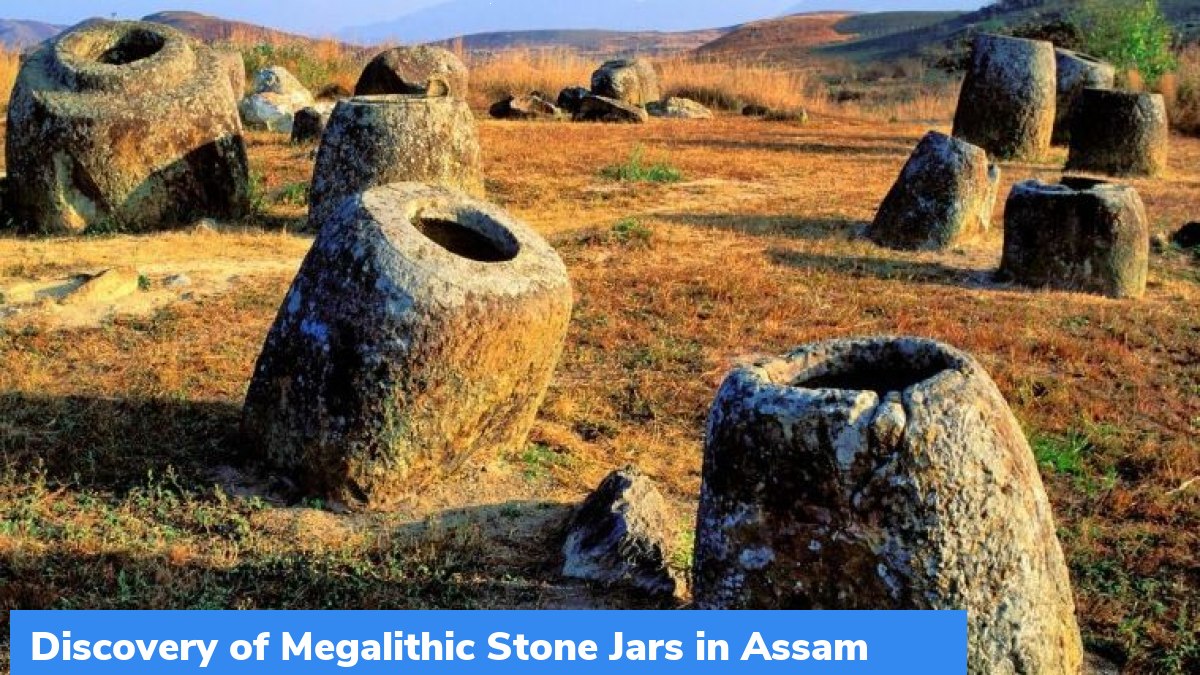Discovery of Megalithic Stone Jars in Assam
In the Dima Hasao district of Assam, a number of megalithic stone jars have been discovered. This discovery has highlighted the possible links, that date back to the second millennium BC, between Southeast Asia and the Northeast region of India.
Overview:
- Three distinct shaped jars have been documented in the paper, ‘An archaeological survey of the Assam stone jar sites.’
- In a site named Nuchubunglo, 546 jars were discovered making it the largest such site across the planet.
- The study that has been published in Asian Archaeology has called for more research so as to understand this cultural relationship between Laos and Assam and Indonesia.
- Indonesia and Laos are the only two other sites from where such similar jars have been discovered.
About the discovery of the megalithic jars
The jars that were discovered in Assam were first sighted in the year 1929 by John Henry Hutton and James Philip Mills, British civil servants. The presence of the jars was recorded by them to have been found in six different sites in Kobak, Dima Hasao: Derebore (now Hojai Dobongling), Molongpa (now Melangpeuram), Kartong, Bolasan (now Nuchubunglo), and Ndunglo. In 2016 and 2020 more such sites have been discovered.
The jars have not been scientifically dated yet but links could be drawn with the stone jars that were discovered in Indonesia and Laos. The jars that were found in the three sites have morphological and typological similarities. The jars that were discovered in Laos were dated and it showed that they were placed at the sites during the late second millennium BC. Inside the jars, human skeletal remains have been found, while remains were also found buried around the jars. The functions of the jars that were discovered in Indonesia remain unconfirmed, but researchers suggest that they were also used in a similar mortuary role as the ones found in Laos.
Month: Current Affairs - April, 2022
Category: India Nation & States Current Affairs







